Transform your space into a well-organized haven with our expert guide to DIY shelving projects. Whether you’re aiming to declutter your home or add customizable storage solutions, building your own shelves offers a cost-effective and personalized approach to enhancing your environment. From budget-friendly materials to innovative designs, this article explores everything you need to know about creating stylish and functional shelving systems. Discover tips, guides, and inspiration to embark on your DIY project with confidence, turning your empty walls and corners into practical, aesthetic masterpieces. Elevate your space with unique ideas that cater to your style and storage needs, making your home more organized and beautiful than ever.
Key Takeaways
– Choose plywood or MDF for cost-effective, sturdy shelving solutions that are easy to assemble and customize.
– Opt for 3/4-inch plywood for balanced strength and ease of use in residential settings.
– Consider plastic shelves for lightweight, affordable, and easy-to-maintain storage, ideal for temporary or mobile needs.
– Evaluate materials based on durability: plywood and MDF offer long-lasting strength, while plastic may bend under heavy loads.
– Balance aesthetics and functionality—plastic shelves are versatile but may lack the sturdiness of metal alternatives.
– Explore sustainable options for eco-conscious buyers, as some plastic types are now recyclable or biodegradable.
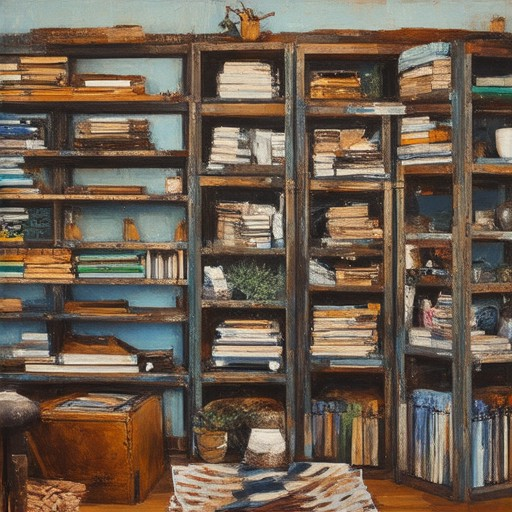
Is It Cheaper to Build Your Own Shelves?
Determining whether it’s cheaper to build your own shelves or purchase pre-made ones involves evaluating several factors:
- Purchase Costs:
- Ready-made shelves vary in price based on material, size, and quality.
- Factors like transportation and assembly can add to the overall cost.
- Some stores offer assembly services for an additional fee.
- Build Costs:
- Materials like wood, screws, nails, and glue are needed.
- Cost depends on quantity and quality of materials used.
- DIY requires time and effort, potentially increasing costs if hiring help is necessary.
- Long-Term Considerations:
- Pre-made shelves may need frequent maintenance or repairs.
- Custom-built shelves could last longer with proper care.
- Space and Design:
- Custom shelves can be tailored to fit specific needs and spaces.
- Renters may prefer temporary solutions to avoid permanent modifications.
- Budget-Friendly Options:
- Consider purchasing from stores offering bulk or discounted rates.
- Take advantage of sales or coupons to reduce costs.
The most economical choice depends on personal circumstances, including budget, DIY capabilities, and long-term plans for the space.
How to Make a Simple DIY Shelf
Creating a simple DIY shelf is an excellent way to organize your space and add functionality to your room. Below is a step-by-step guide to building a sturdy and stylish shelf that you can customize to fit your needs.
Step 1: Gather Your Materials
- Wood or metal shelf boards
- Screws or brackets (depending on your preferred mounting method)
- Measuring tape
- Pencil
- Circular saw or hand drill
- Sandpaper
- Stain or paint (optional)
Step 2: Measure and Mark
Decide on the size and position of your shelf. Measure the length of the wall or area where you plan to install the shelf. Use your measuring tape and pencil to mark the spots where you’ll drill holes or attach brackets.
Step 3: Cut the Shelf
Using your saw or drill, cut the shelf material to the desired length. For a floating shelf, you may want to leave extra space for spacing between the brackets.
Step 4: Attach Brackets
If you’re using brackets, screw them into the wall at your marked positions. Ensure they are level and evenly spaced for stability. If you’re using wood screws, make sure they are tight to prevent the shelf from wobbling.
Step 5: Mount the Shelf
Attach the shelf to the brackets or screws. Check for alignment and tighten any loose screws. For added support, consider adding a middle brace if the shelf is longer than 12 inches.
Step 6: Sand and Finish
Smooth down any rough edges with sandpaper. If desired, stain or paint the shelf to match your decor. Allow the finish to dry completely before hanging any items on it.
Alternative Methods
For a quick and easy shelf, you can use ready-made shelf brackets and panels available at most hardware stores. These come in various styles, including floating shelves and corner shelves, to suit your space needs.
Tips for Success
- Plan ahead and measure twice to avoid mistakes.
- Choose a location that is traffic-free and secure for heavy items.
- Consider the weight limit of your shelf to ensure it can hold what you plan to hang on it.
More DIY Projects
Looking for more DIY ideas? Explore our complete collection of DIY projects for inspiration and step-by-step guides for other home improvement tasks.
Resources
For detailed tutorials and expert advice, visit our DIY Tutorials section. We provide comprehensive guides for beginners and advanced DIY enthusiasts alike.
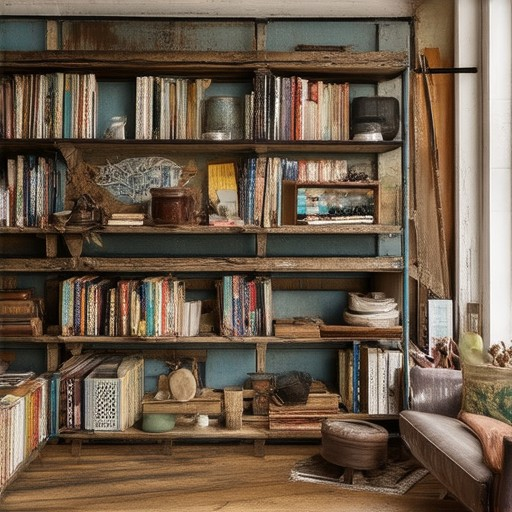
The Best Wood for Homemade Shelves
Choosing the right wood for your homemade shelves is crucial for both functionality and aesthetics. Here’s a breakdown of the best options:
1. Hardwoods
Hardwoods are ideal for shelves due to their strength and durability. Popular choices include:
- Oak: Known for its dense grain, oak is highly resistant to warping and cracking.
- Maple: Another strong hardwood with a straight grain, making it excellent for load-bearing shelves.
These woods are heavy-duty and can support significant weight, making them perfect for sturdy shelving solutions.
2. Softwoods
While softer woods like pine are easier to work with and have a natural aesthetic, they are less suitable for heavy-duty shelves. Pine is more prone to sagging under weight, so it’s best reserved for decorative or lightweight shelves.
3. Plywood
Plywood is a versatile option that combines strength with flexibility. It’s often used for larger-scale shelving projects and can be finished to match your decor. Opt for thicker plywood for added stability.
4. Medium-Density Fiberboard (MDF)
MDF is a great alternative if you’re looking for a smooth, uniform surface. It’s lightweight yet strong enough for many shelf applications, making it a good choice for modern, sleek designs.
Considerations
- Finish : Many woods can be stained or painted to match your style. Consider applying a protective finish like polyurethane for added durability.
- Maintenance : Regular cleaning and conditioning will keep your shelves looking new and functioning optimally.
For more insights and tools to help you succeed, visit our DIY Tools collection or explore our Wood Finishing Tips . Don’t forget to check out our guide on Bookshelf Designs for creative inspiration!
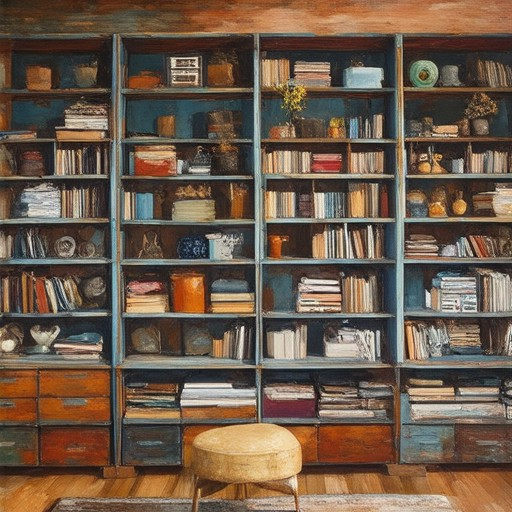
What is the cheapest material for shelves?
When considering materials for building shelves, cost-effectiveness is a primary concern. Here are some of the most economical options:
- Plywood : Known for its strength and stability, plywood is a cost-effective choice for shelves. It is often used in DIY projects due to its ease of assembly and availability.
- MDF (Medium-Density Fiberboard) : A versatile material that is lighter and more affordable than solid wood. It is ideal for shelving systems and can be painted or finished to match your decor.
- Plastic : Pre-fabricated plastic shelves are lightweight and require minimal assembly. They are often sold in kits and are a budget-friendly option, though they may lack the durability of wood-based materials over time.
Each material offers unique benefits, so the choice depends on your specific needs, such as desired durability, ease of installation, and aesthetic preferences. For the most economical solution, plywood and MDF are excellent choices, while plastic provides a quick and affordable option.
How Thick of Plywood Should I Use for Shelving?
When selecting plywood for shelving, the thickness plays a crucial role in determining strength, durability, and ease of installation. Here’s a guide to help you choose the right thickness:
- 3/4 Inch Plywood: This is the most common recommendation for residential shelving. It offers a good balance between strength and manageability, making it suitable for medium-duty applications such as holding books, small boxes, and light fixtures.
- 1/2 Inch Plywood: Thinner plywood is less sturdy and may bend under heavy loads. It’s better suited for lightweight shelves or decorative purposes.
- 1 Inch Plywood: While thicker plywood provides exceptional strength, it can be heavy and more challenging to handle. It’s ideal for heavy-duty shelving supporting large items like TVs or kitchen appliances.
Consider the type of wood as well: softwood plywood is more affordable and widely available, while hardwood plywood offers greater durability. Installation methods, such as whether the shelf is wall-mounted or freestanding, can also influence the thickness required. For standard shelving units, 3/4 inch plywood is often sufficient, though you may opt for 1 inch for added stability if unsure of the load-bearing requirements.
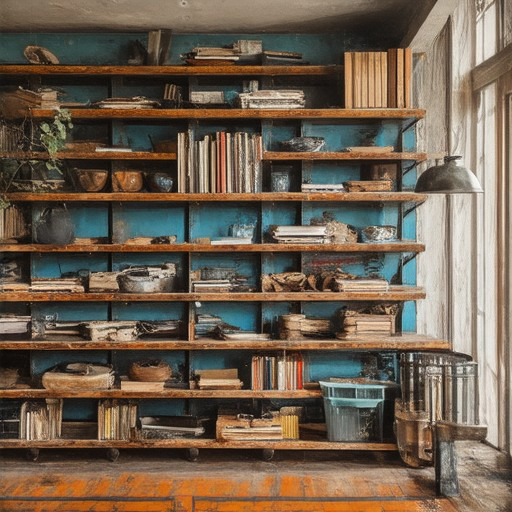
Are Plastic Shelves Worth It?
Plastic shelves are often a practical and economical choice for various storage needs, offering lightweight construction and ease of maintenance. However, their suitability depends on specific circumstances:
- Pros of Plastic Shelves:
- Lightweight: Easy to move and install, ideal for temporary or mobile storage solutions.
- Inexpensive: Generally more affordable than metal shelves, making them accessible for many budgets.
- Low Maintenance: Simple to clean and resistant to rust, perfect for damp or humid environments.
- Versatile Design: Available in various sizes, heights, and colors to match different room decors.
- Cons of Plastic Shelves:
- Durability Concerns: May not hold up under heavy loads or rough handling, leading to bending or breaking.
- Material Limitations: Can become brittle over time, especially when exposed to extreme temperatures or UV rays.
- Aesthetic Appeal: While versatile, plastic may lack the sturdier appearance of metal, which can affect its perceived permanence.
- Environmental Considerations:
- Some plastic types are not recyclable, which may concern eco-conscious users. However, increasingly sustainable options are available, such as recycled or biodegradable plastics.
- Competitor Options:
- For lightweight and budget-friendly options, brands like Amazon Basics and Sterilite are notable. For more durable solutions, consider ClosetMaid ‘s metal offerings.
Ultimately, plastic shelves are worth it for those needing lightweight, easy-to-maintain storage solutions. However, for heavier loads or a more enduring structure, metal shelves may be the better investment.

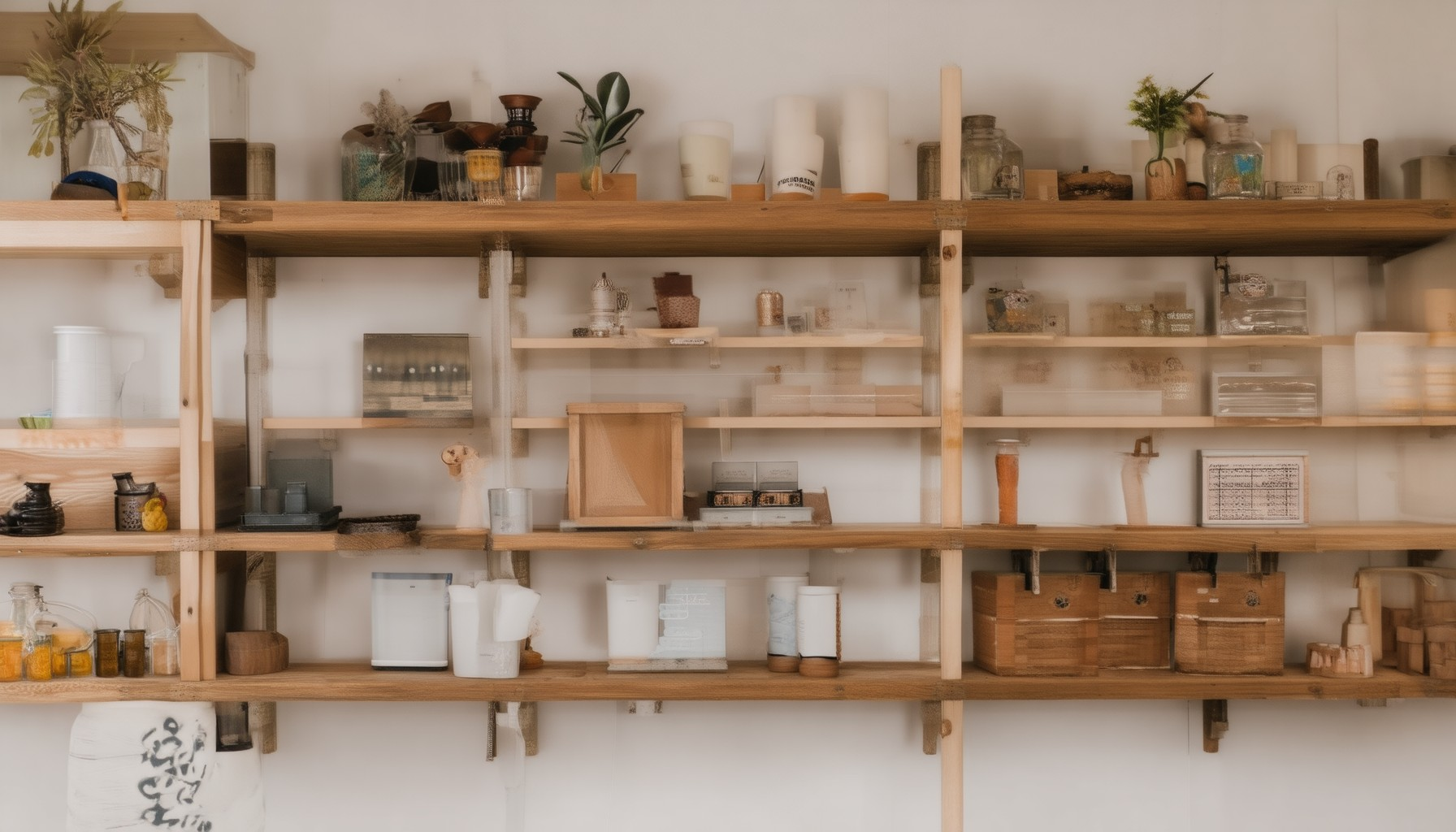



0 Comments